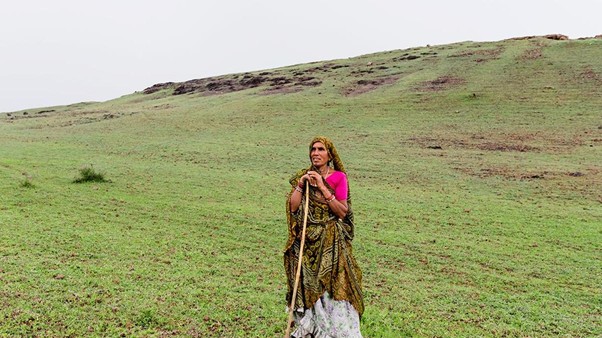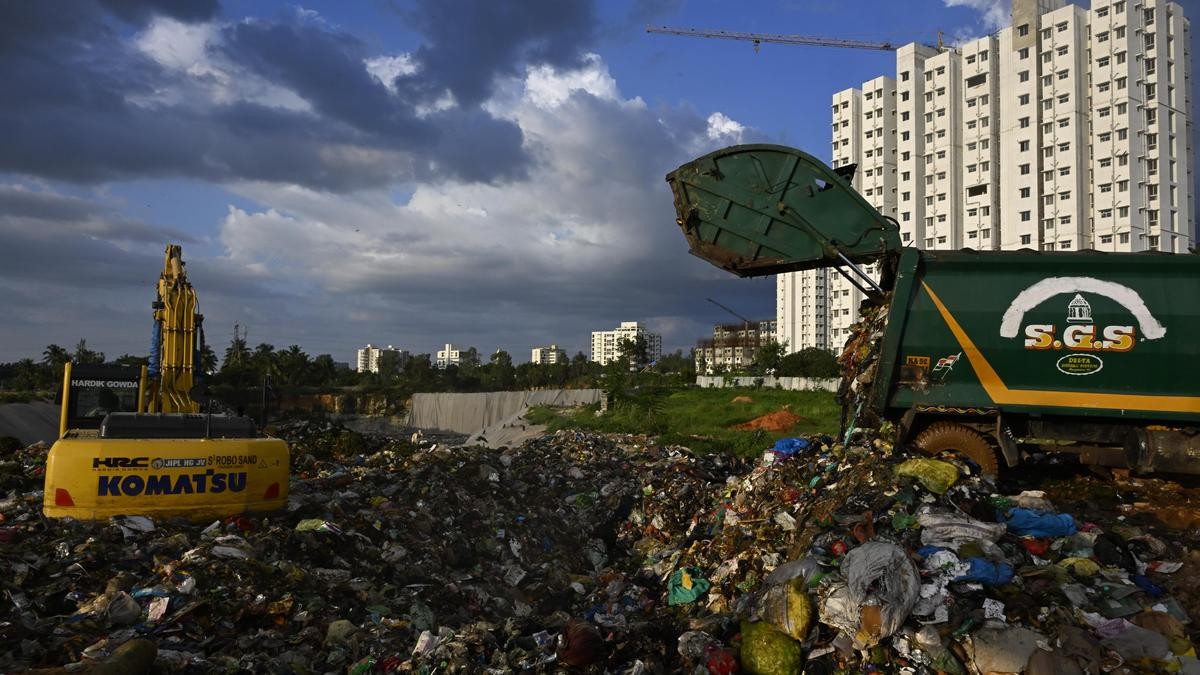




Source: KRISHIJAGRAN
Disclaimer: Copyright infringement not intended.
On Earth Day the Food and Agriculture Organization of the United Nations launched the Accelerating Innovative Monitoring for Nature Restoration (AIM4NatuRe) initiative with £7 million (USD 9.38 million) in funding from the UK government.
AIM4NatuRe is a global initiative to strengthen countries’ capacity to monitor and report ecosystem restoration efforts using advanced technologies and data-driven tools.
Improve monitoring and reporting of ecosystem restoration.
Support achievement of Target 2 of the Kunming-Montreal Global Biodiversity Framework (restoration of 30% of degraded ecosystems by 2030).
Create a unified global dataset to enable accountability and transparency.
Empower local and Indigenous communities in restoration monitoring.
Ecosystem degradation contributes significantly to biodiversity loss, climate change, and declining ecosystem services.
Over one billion hectares of land globally have been pledged for restoration.
According to the Convention on Biological Diversity 80% of countries lack the technical capacity to effectively track restoration progress.
|
Feature |
Description |
|
Technology-Driven Monitoring |
Uses AI, satellite data, cloud computing, and digital dashboards to track progress. |
|
Multi-Ecosystem Focus |
Supports restoration of forests, wetlands, marine ecosystems, grasslands, and agricultural lands. |
|
Global Standards |
Promotes standardized reporting systems via FAO’s FERM (Framework for Ecosystem Restoration Monitoring). |
|
Capacity Building |
Offers training modules, online courses, and expert support to government agencies and communities. |
|
Indigenous Participation |
Prioritizes traditional knowledge, with pilot projects in Brazil and Peru in collaboration with FAO’s Indigenous Peoples Unit. |
|
Knowledge Dissemination |
Builds on FAO’s existing forest monitoring curriculum, which already reached 15,000 learners. |
Biodiversity Conservation
Helps implement Target 2 of the Kunming-Montreal GBF.
Supports habitat recovery for threatened species.
Climate Change Mitigation
Restored ecosystems act as carbon sinks enhancing climate resilience.
Livelihood and Food Security
Restored lands improve soil fertility, water retention and crop productivity.
Strengthens community resilience in climate-vulnerable regions.
Governance and Global Cooperation
Establishes a transparent global mechanism to evaluate restoration commitments.
Facilitates North-South collaboration as seen in UK’s funding.
Indigenous Rights and Biocentric Restoration
Ensures culturally appropriate, community-led restoration practices.
Data Gaps and lack of high-quality, real-time data in low-income countries.
Digital Divide affecting access to technologies.
Inter-agency coordination between environmental, agricultural and indigenous affairs ministries.
Need for long-term funding and political commitment.
Expand pilot projects to Asia and Africa.
Integrate AIM4NatuRe tools into national biodiversity and climate plans.
Promote public-private partnerships for funding and innovation.
Ensure inclusivity in training programs for local communities and youth.
Sources: KRISHIJAGRAN
|
PRACTICE QUESTION Q. The AIM4NatuRe initiative launched by the FAO aims to strengthen ecosystem restoration efforts globally by leveraging advanced technology and data-driven tools. Analyze the potential of this initiative in addressing the dual challenges of biodiversity loss and climate change. 250 words |







© 2025 iasgyan. All right reserved